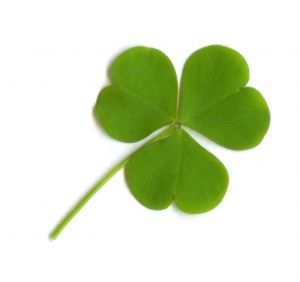Now one wonders why so many people who are not Catholic or Irish feel the need to celebrate a "saint". Some might say the cause for celebration is the excuse to consume Guiness, any excuse to drink... but the green? Who looks good in green and who wants to drink green food colouring?
I thought it would be interesting to look into Patrick and see if there is something there beyond the green guiness, the saint commemoration that protestants might find interesting.
It was difficult to find anything concrete about the man, obviously the internet didn't quite go back that far so I couldn't just go and read his blog. Apparently historians haven't fared much better as centuries of legend make sifting through the facts confusing and only two documents appear to have survived, a confession he wrote and a letter of excommunication he wrote to Coroticus.
What does survive when one sifts through the legend and the documents is interesting.
Patrick lived around 400 AD and when he was 16 he was kidnapped by Celts and taken to Ireland where he spent 6 years before escaping and returning to his family.
At some point Patrick trained in the Church and then returned to Ireland as a missionary though apparently no one can associate him with any particular parish. Many accounts speak of his evangelistic approach as being that of an equal, someone who just got alongside his countrymen, rather than holding himself out as someone holding a special place in the church. It also seems apparent that he adopted Paul's tactic of using the culture around him in his promotion of Christianity.
 Some credit him with lighting the Paschal Fire at Knowth to bring Celtic culture's emphasis of fire together with celebrations for Easter; It is said he made the Celtic cross by combining the sun, another prominent feature of Celtic culture, with the cross. He used an object lesson of the shamrock (3-leaf clover) to explain the trinity to the then heavily Arian culture. It is also said he raised the dead, chased the snakes out of Ireland (though this could have been a metaphor for chasing the druids out instead).
Some credit him with lighting the Paschal Fire at Knowth to bring Celtic culture's emphasis of fire together with celebrations for Easter; It is said he made the Celtic cross by combining the sun, another prominent feature of Celtic culture, with the cross. He used an object lesson of the shamrock (3-leaf clover) to explain the trinity to the then heavily Arian culture. It is also said he raised the dead, chased the snakes out of Ireland (though this could have been a metaphor for chasing the druids out instead).He claimed to have had visions including the one claimed as the earliest example of God having a joke with an Irishman; he claims God told him to leave Ireland (a journey of around 200 miles) and once he left he then had another vision telling him to return.
How much is fact or fiction is historically uncertain and disputed but it all makes good legend.
I did find it interesting to discover that originally the colour blue was associated with Patrick but around the 1750's, probably due to the shamrock-trinity thing and Ireland's rejection of paganism and adoption of Christianity, the association switched to green. If this is the case then protestants can wear green today without worrying about saint worship or aligning themselves with drunkeness; we can wear green to remember a man who served God and brought Christianity to pagan cultures.


Another Protestant's musings
ReplyDeleteAs far as I could gather when I last looked into it, it is hard to get accurate info but St Patrick may well have not been Catholic at all. At any rate, the church he established in Ireland had such different beliefs from Rome that Pope Adrian IV eventually instructed King Henry II of England to invade Ireland and take it for the Church - this invasion occurred in 1171.
ReplyDeleteSo don't worry about celebrating St Patrick as a Protestant!
I agree. Patrick lived pre-reformation so I figure both sides get to claim him.
ReplyDelete